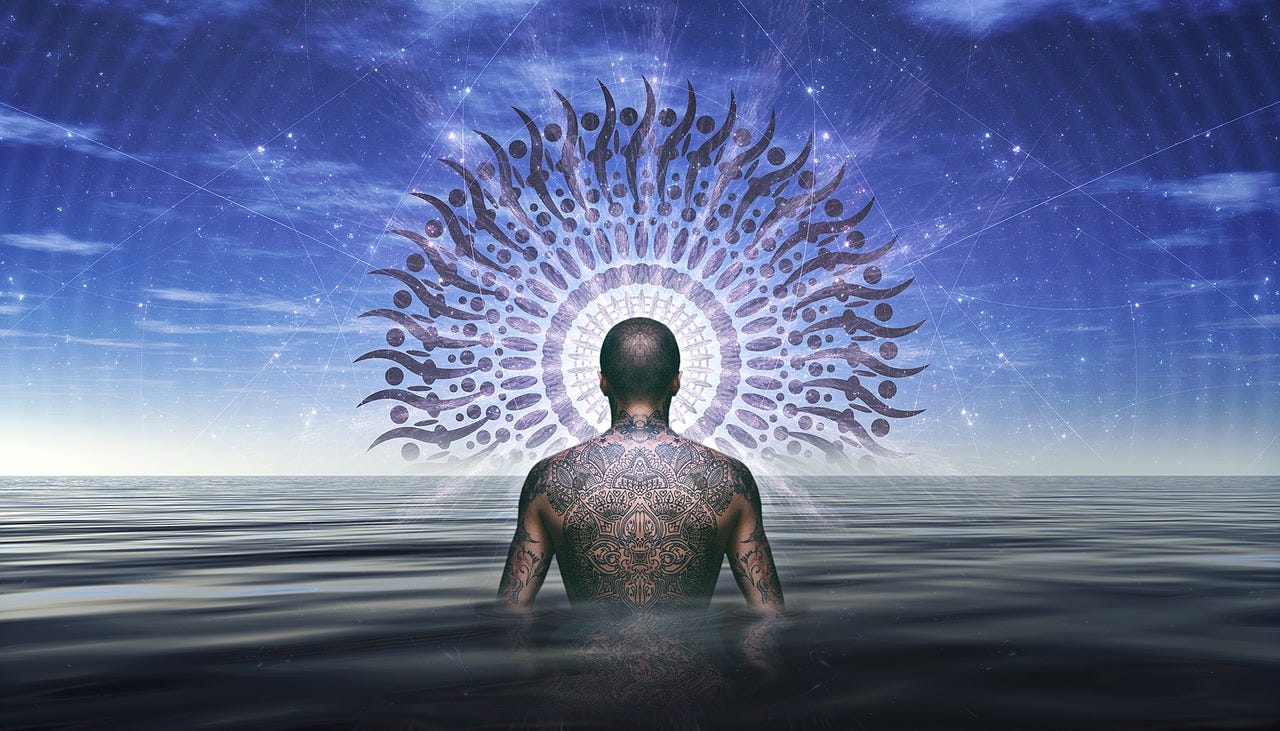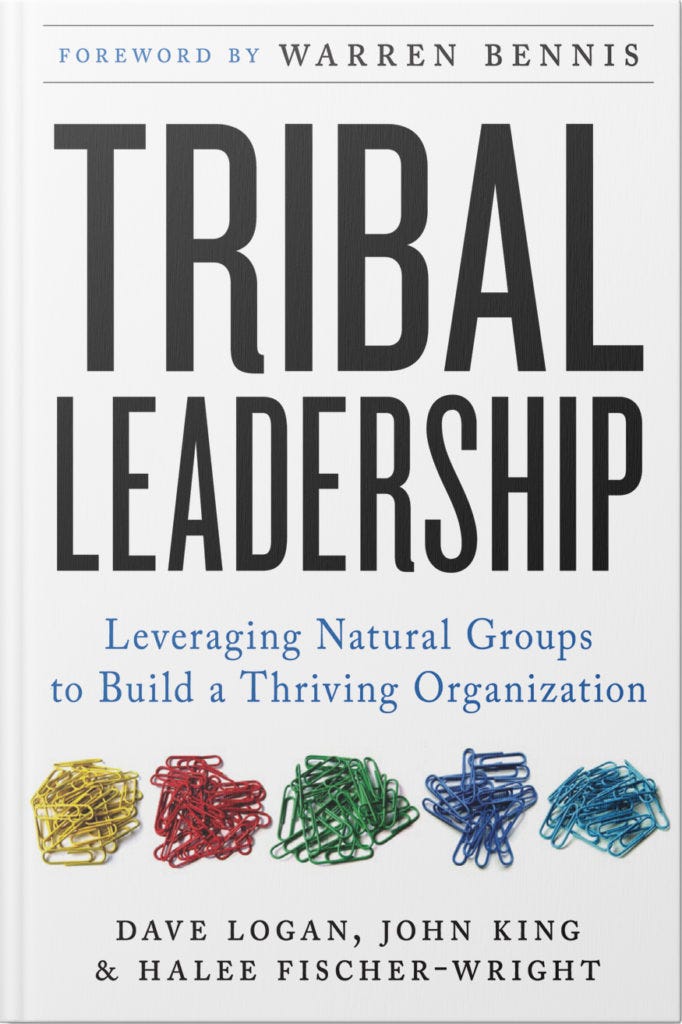Cultivating The “Inner Tribe” of You
By Diamond-Michael Scott
Our lives reflect a tribal existence. Every society, family, and organization is a collective spirited by formal and informal levels of engagement. Well orchestrated tribes are the hallmark of successful social movements, enterprises, and causes that foster profoundly important changes in the world.
When a friend recommended the book Tribal Leadership: Leveraging Natural Groups To Build A Thriving Organization, I have to admit to being a bit skeptical. As a former health care human resources executive, I witnessed what it was like to work in toxic environments when various tribal groups were in conflict. What I discovered from this book is a successful mindset begins with each of us individually, not the tribal collective.
On a more macro level, Tribal Leadership explores the intersection between tribal cultures and leadership and how individual and organizational behavior are impacted. It delivers useful wisdom on building esprit de corp around tribal language and culture to ensure a purposeful, vision-directed engagement.
The core of the book provides deep inner reflections on how to coexist within the tribes that embody our lives. It does so by presenting a series of tribal stages which are outlined below:
Stage One: Life Sucks
We’ve all been here, a place that could be best described as misery and loathing. It’s a stage where we find ourselves engulfed in a collective consciousness of shared misery that often leaves us feeling trapped in despair. Anger, resignation, and depression are often a part of our experience in this realm.
Stage Two: My Life Sucks
The authors of Tribal Leadership assert that this is the dominant mindset that exists in 25 percent of workplace cultures. A more self-absorbed aspect of stage one, this stage finds us deeply enmeshed in our own junk. Our mantra is “I’m in this alone and no one seems to care.” Much of this is driven by our inclination to become enmeshed in things we have little or no control over. Lost in our miserable state, we approach our outer world with sadness and at times resentment.
Stage Three: I Am Great
This stage symbolizes an “ego-based lone warrior” mentality, one where your predominant narrative is “I’m better than everyone else.”
In my all-time favorite book Sacred Hoops: Spiritual Lessons of a Hardwood Warrior, author Phil Jackson explores his relationship with pro basketball superstar Michael Jordan who “ego-driven” greatness became a hindrance in the Bull’s quest to win an NBA championship.
Jordan in recognizing his inner greatness often took over a game in solo fashion forgetting that team success is often a tribal endeavor. Jackson encouraged the superstar to temper his “solo” mindset in favor of becoming more of a team player. This ultimately catalyzed several world championships and a historic dynasty for this Bulls team.
Stage Four: We Are Great
This is the stage that the aforementioned Chicago Bulls ultimately achieved. Over time the team developed this deep bond for one another -- a “one for all, all for one, us against the world” mentality. Working together collectively as a tribe allowed them to foster one of the greatest legacies in sports history.
Stage Five: Life Is Great
This rarely achieved stage is where a tribe hums along with an effortless rhythm and flow. Akin to a deeply spiritual movement, everything is in sync because everyone has fully invested in the tribal cause. World-class, legacy, and excellence are among the words that best describe this stage.
Tribal Leadership provides a fluid roadmap for assessing one’s tribal makeup and language in order to build a supportive network around them. The intent of this book is to guide you the reader on a journey through the various tribal stages as outlined. Whether directed towards your personal or professional endeavors it’s a worthy read for navigating our own inner tribal dynamics in our efforts to build greater community and connection in today’s rapidly changing world.





